- Digital Marketing
- Strategy
How SEO works for B2B businesses: A 2024 Guide
Everything has changed. And the digital landscape is no exception. As digital leaders, we’re evolving our strategies to guarantee agility and adaptability – let’s face it, who knew TikTok would transform our lives, and who could have predicted the flat-to-the-floor acceleration of AI! We’re learning to let-go of what was and embrace a new dawn of what it means to activate an SEO strategy. So, in this guide I’m going to talk you through how SEO works in 2024, and how B2B brands should continue to harness its power.
What is SEO in 2024?
As I’ve mentioned, we’ve entered an entirely new digital territory and just when we think we’ve found our feet, we’re faced with a new Google Update, new platforms, and new expectations from our target audience. But the fundamentals of what SEO is will always remain – we’re happy to say! As part of a broader digital strategy, SEO tactics will ensure that relevant, high-quality, organic content and information is presented to search engine users. The ultimate goal is to appear on page one, preferably at the top of the list!
Why is SEO still important?
To us at Wyatt International, SEO will always be critical for B2B brands. It’s a way to connect online with audiences, customers and the generally curious. We work with quite complex brands in the B2B space, and typically their businesses have been on the more traditional side of things. For example, manufacturers and construction brands have previously relied on word-of-mouth to obtain new business, or the classical routes to market via B2B PR activities or events and exhibitions. All valuable, no scoffing here.
But today, we’ve gone digital. All of us. B2B customers of old and new are online researching and exploring, investigating and querying, and ultimately making decisions based on the results that appear through Google. If your B2B brand is visible, you have an opportunity to attract and engage, entice individuals through to more of your brand content, and cement yourself as a true leader in your sector.
The TikTok Effect.
We cannot talk about SEO without discussing TikTok. Now the aforementioned market we operate in may say, ‘TikTok isn’t for us’, or ‘our customers aren’t on ‘TikTok’. Okay, fair enough – in some cases, after thorough research, we could determine that TikTok would not be a valuable channel. However, what I’d like to talk about is its influence on how we digest content and what we expect from brands. Our appetite for bite-sized, impactful video content has grown massively – of course, Instagram Stories and Facebook Reels have helped this along – but TikTok certainly monopolises the ‘short video market’.
So much so, search engines are evolving how they choose to display results and ranking video content much higher. This presents an opportunity for B2B brands to be inspired by TikTok video formats, to produce customer-targeted, personality-filled videos that demonstrate brand values whilst feeding the need for valuable information.
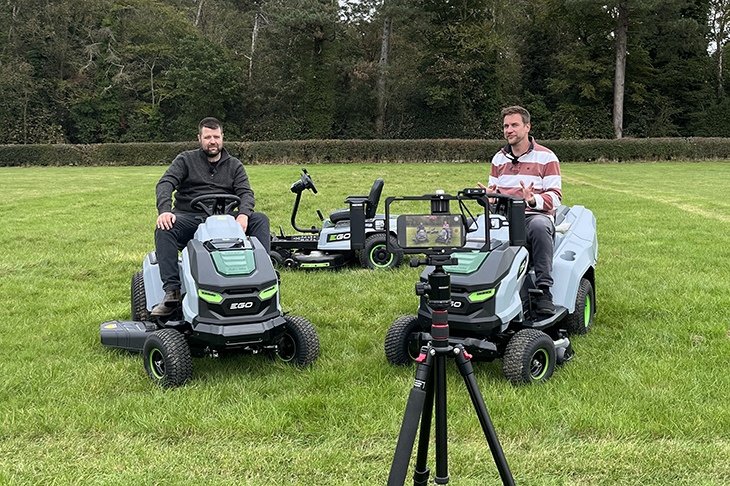
Now I know I said TikTok may not be relevant for some brands, but one thought should stick. Gen Z and millennials are, and becoming purchasing influencers and according to e-marketer.com, “people ages 25 to 34 make up nearly a quarter of TikTok users in 2024”.
SEO in the age of AI.
AI-powered tools are possibly the largest disruptor in SEO and digital marketing. The consensus is: “AI doesn’t just replace human effort but enhances it through intelligent automation.” This is a real positive way of looking at it, and I guess the statement is right! There are many tools out there that can aid an approach to idea generation, content production and design creations, and many tools that will automate repetitive technical SEO tasks.
For me, though, it’s about using AI as a complementary tool and never opting to choose it as a replacement for human activity. After all, we understand the nuances and challenges faced by B2B brand customers, and our stance remains firmly on the digital truth that humans should be front and centre to ensure an SEO strategy focuses on authority and breeds trust.
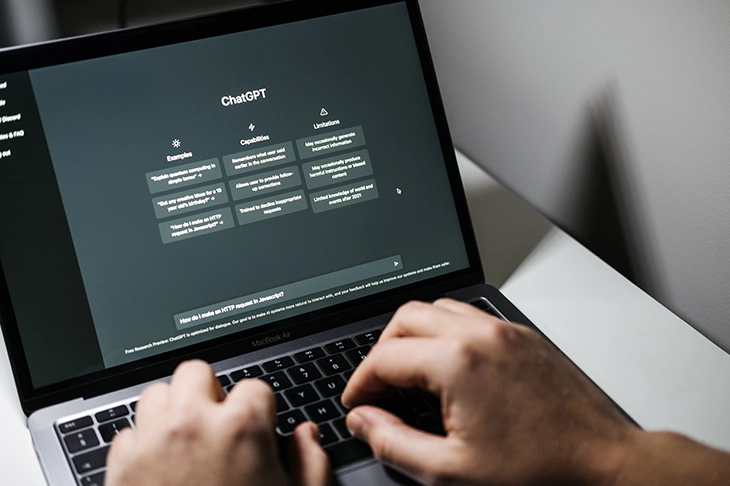
How does SEO work?
Oh wow, how does it work! SEO is an intricate operation, it’s something that requires patience and belief – some would say it’s dark magic. But in its simplest terms, SEO improves a website’s technical performance, relevance and authority, in doing so said website will be ranked higher in search engines for specific keywords and phrases. The approach combines on-site and off-site SEO and a blend of technical and creative efforts. But the ultimate goal is to align a website’s (and brand’s) content with the search intent of the desired audience.
1. Knowledge of Search Engines.
Google is the King of the Castle, of course. So, if you’re a B2B brand looking to elevate your online presence, the first step is to familiarise yourself with Google’s operation and requirements.
Using complex algorithms, Google will evaluate your content’s relevance and quality; it will explore your site’s usability and functionality, and it will determine whether you’re an authority in your industry. Many factors are at play here – it’s not just the words and media you use, it’s how well your website performs. Are your pages loading correctly? Is your site mobile-friendly and are all your backlinks working?
2. Research, Research, Research.
It’s so important, we’ve said it three times. But seriously, research is the backbone to any B2B marketing strategy, and SEO is no different. Any SEO campaign must be based on what keywords and phrases your customers are searching for. This could be related to sector products and services, industry regulations or technical terminology, and niche market challenges or new opportunities. This information will be your fuel to creating onsite and offsite content and an assurance that your brand is maintaining relevance.
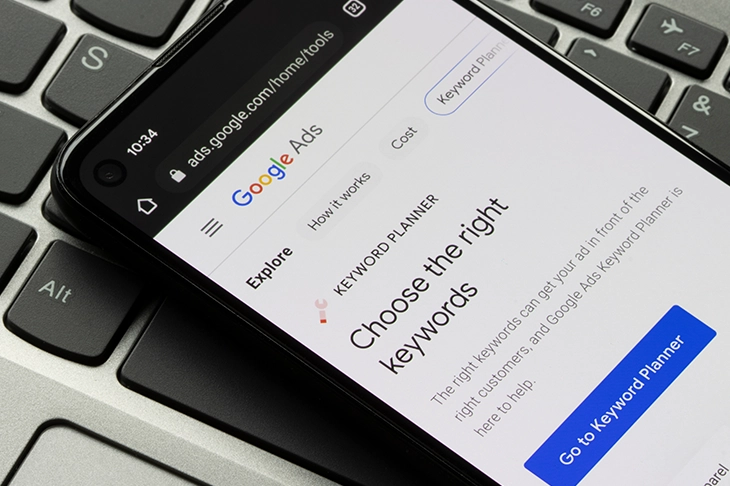
3. Strategy.
Once you have your research, you can now start to formulate your strategy. This will align your research findings with your business and marketing-specific objectives. An effective B2B SEO strategy will outline who you’re targeting, what challenges they’re facing and how your brand can help solve their problems. It will also lay-out how you’re going to blend technical activity with off-site content, and how you’re going to approach on-site content to grow your brand’s authority.
4. Implementation.
Now it’s time to activate! You’ve got your research and strategy, so by now you should know exactly what types of content will engage your audiences and keep Google content. The implementation of SEO campaigns requires a number of skillsets – the ‘techy’ and the designer, the writer and videographer, the PR whiz and social media guru. All play a vital role in building an effective SEO content plan and ensuring that your brand message is distributed across owned and earned platforms.
5. Monitoring and Optimisation.
SEO is a long-term strategy; results are not going to be delivered overnight. To hark back to our research segment, customer wants and needs will evolve, which means strategies must, too. This means that activity requires consistent monitoring and optimisation updates. With clear and concise KPIs, you will be able to investigate performance metrics to see the volume of organic traffic to websites and analyse bounce rates and interactions. All of these data must be interpreted on an ongoing basis to identify what’s working, what isn’t, and what needs to be evolved or fine-tuned.
The different types of SEO.
And now let’s move on to the different types of SEO. All must work harmoniously over time to guarantee an increase in digital presence, searching engine rankings and customer interactions.
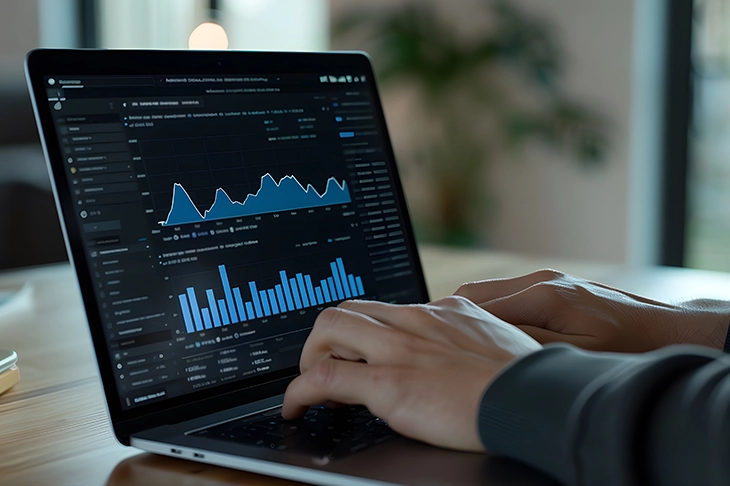
On-page SEO.
On-page SEO involves optimising individual pages for specific keywords and phrases. This is an opportunity to define the page’s intent, its purpose, and create a great user experience. From a technical standpoint, on-page SEO will dive into the good stuff that website visitors can’t see – including, headings, meta tags, alt texts and internal linking. This is what gets Google up in the morning!
The production of high-quality, optimised content is also essential. It doesn’t matter what you’re selling or discussing, as long as individual web pages have purpose, relate to your target audience, and are very simple to use and navigate. In addition, the production of E-E-A-T content is also invaluable. Is your content delivering a positive ‘experience’? Are you demonstrating your ‘expertise’? Are you able to produce ‘authoritative’ content, something a little different that breaks through the noise? And finally, does your content breed ‘trust’ and reflect your values as a business?
Off-Page SEO.
This is where a multi-talented team comes into play. News team, Assemble!
Once you’ve got everything right on your website, it’s time to focus on off-page SEO tactics. This essentially means activating a B2B content marketing campaign that seeks to share and elevate your brand messages across the various channels at your disposable. From social media marketing to influencer marketing, and emailer campaigns to digital PR. This two-way street of content production and distribution will connect your digital journey with your website.
Technical SEO.
When it comes to technical SEO work, this means making sure that your website can be easily crawled and indexed. There are many facets to this, including optimising website speed, enhancing site security, fixing errors or broken links, and overall ensuring that the website works, particularly on mobile. For the ultimate technical SEO checklist, take a look at our previous blog post!
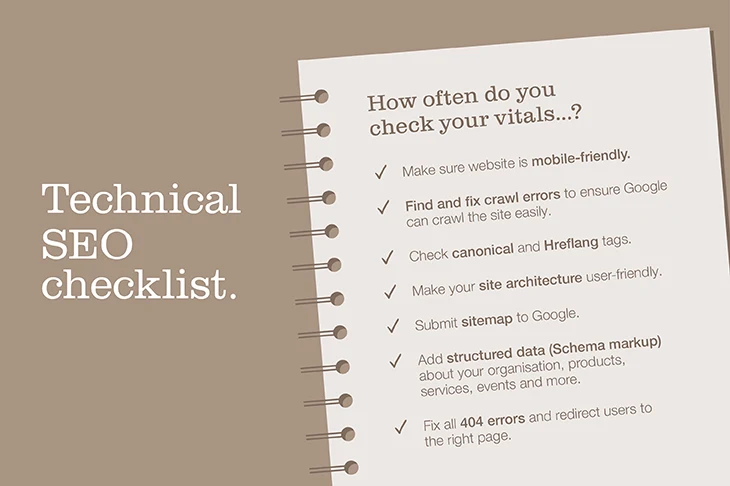
How does SEO work with other channels?
I’ve touched on this briefly but to speak plainly – SEO cannot and will not work in isolation. It must be activated in line with a multichannel B2B campaign. Each component – whether its PR or social media, email marketing or influencer engagement – should work in synchronicity with each other to deliver real value.
Social media marketing.
Social media marketing and SEO should complement each other – after all, the line between the two is blurring. No matter which platform you’re using, whether its Facebook, Instagram, X, TikTok or LinkedIn, it is now essential to optimise your profiles to ensure that your about or services section are up to date and in line with your targeted keywords. That’s step one…
Step two is understanding the importance of community and great content. If you’re able to produce content that is enticing and shareable, you’re bound to increase engagements and capture more followers. This will only lead to more link clinks that will drive people right back to your website.
Let’s be clear though, Google will not rank your posts in its search engine. But it will recognise social media as a referral channel when it crawls your website. Every single one of those social backlink journeys will speak volumes for your brand’s relevancy and ability to engage with your audience.
PR.
The objective of PR is to build credibility and authority by informing or educating your target audience. A digital PR strategy is a fantastic way to share your brand messages and position yourself as trusted leader. And with your brand’s research insights and investigative work into what your audience is interested in and searching for, you can create a truly informed PR strategy that seeks to respond to what matters most to your customers. This activity will drive high-quality backlinks direct to your website, something that Google cherishes!

Content Marketing.
And finally, content marketing and SEO are inherently connected. SEO informs high-quality content and high-quality content fuels SEO performance. One of the tricks here is to diversify your content production to capture and engage your audience. This means creating a content stream that includes blogs, case studies, video testimonials, whitepapers and infographics. Although it’s not an exhaustive list, you can see just some of the content types that are a possibility! Simply create them with purpose and know your objectives.
And there you have it…
SEO remains an essential pillar of your digital marketing and B2B campaigns, and although there are many moving parts, success lies in understanding and embracing the opportunities an SEO strategy can bring. If you’re ready to adapt and evolve your digital marketing capabilities, the team and I would love to hear from you.